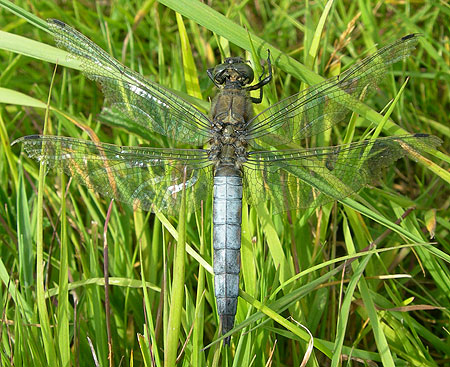
I don’t often go to North Cave Wetlands as I usually find it too much of a “Coot Museum”, that is there is very little to see other than Coots, Greylag Geese and Mallards – this is a bit unfair really considering the list of birds that have been found there, but reflects my experience of the site. However, with the sun out and no wish to go far I headed to the reserve for a change of scenery.
The first birds pretty much confirmed my fears; Feral Pigeon, COOT, Greylag Goose, Mallard and Starling. Sitting in a hide I watched a large flock of Lapwings and a juvenile Black-headed Gull. A Great Crested Grebe was taking care of its two young – which strangely were the first I’ve seen this year. In many places in this area the nests were destroyed by the flooding. I then spotted a distant Common Sandpiper but then found one much closer along with a Green Sandpiper. So, in terms of the quality of the birds, things were improving. Further round I found a number of Gadwall coming out of eclipse plumage and a Pied Wagtail.
However, what was most interesting was the numbe of juvenile birds present. Numerous broods of very tiny Tufted Ducklings were learning how to dive alongside their mothers; this provided quite an amusing spectacle. A number of Little Grebes were nurturing their chicks as were a few Coot and Moorhens. It was remarkable how small these young were. Considering how early these species begin their breeding season, it is quite amazing that they still have small young.
About 30 Black-headed Gulls were present further along and 3 Pochard were loafing around on the side of one pond. Some Common Terns were interesting to watch. One came in with a fish and attempted to feed one of its three chicks. However, its mate seemed rather hungry itself and kept attempting to steal the fish. After much fighting and flying around the tern that had caught the fish decided to eat it.
Soon after all the birds flew into the air, including about 40 Jackdaws that were somehow hiding in the grass. Looking up, I saw a male Sparrowhawk circling around, which was immediately bombarded by four noisy Common Terns and a Black-headed Gull. Despite this it took a remarkably long time before it left the area.
On the way back to the car I took some time to sit in the sunshine and saw a group of about 10 Tree Sparrows and then managed to get some photographs of a Black-tailed Skimmer with badly damaged wings, below. I identified this dragonfly with the assisstance of the East Riding Drogonflies website.



 August 9th, 2007
August 9th, 2007  Nick
Nick  Posted in
Posted in 
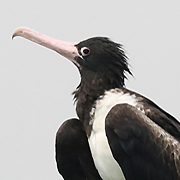
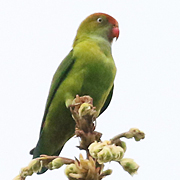
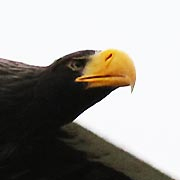

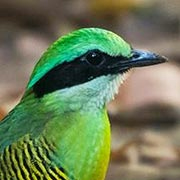
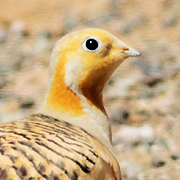
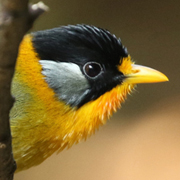
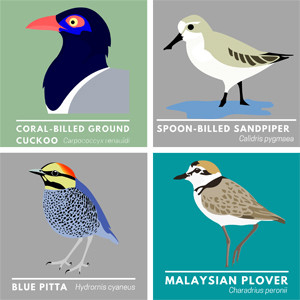




Hello. Have you any idea steps to make a site mobile phone hospitable?
I’m looking for a design or plug-in that could possibly solve this challenge. Please share if you have any suggestions.
Speedy concern that’s totally away issue.
My website appearance unusual when surfing around.